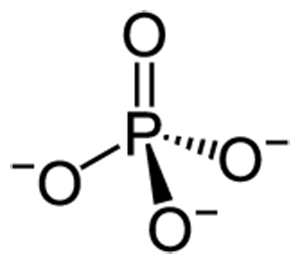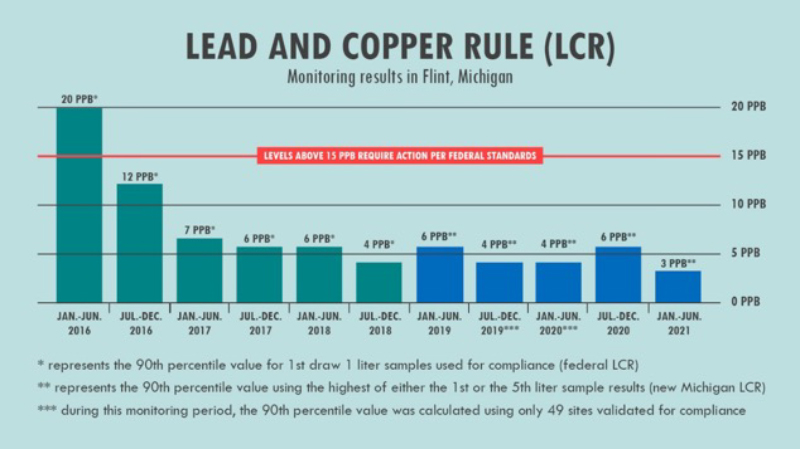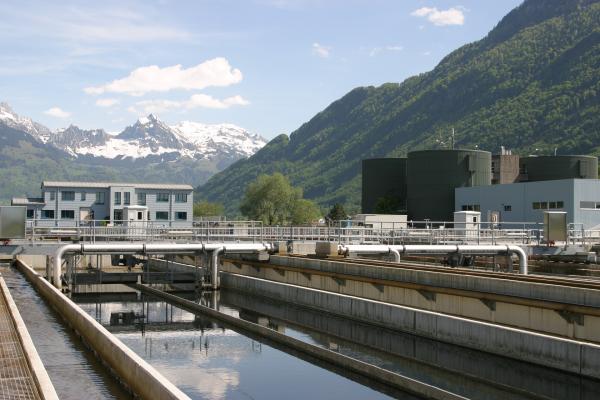The Flint, MI lead water crisis caught the attention of Americans to a degree that is rarely seen these days on local issues. The media picked up on it because it had everything that makes for a compelling story: vulnerable children, racial injustice, corrupt bureaucrats and city officials, lawsuits, and outraged citizens. But few people know that a failure to understand basic chemistry is at the heart of the water crisis that unfolded in Flint.
Background
In 2011, Flint came under state control due to its $25 million deficit. An emergency manager was appointed to set local policy and to cut costs. In 2013, the announcement was made that one of the cost-cutting moves was to end the city’s 50-year practice of piping city water for its residents from Detroit. The chosen, cheaper alternative was to temporarily pump water from the Flint River until a new water pipeline from Lake Huron was built.
In April 2014, the city began supplying its residents with water from the Flint River and treating it at its own treatment plant. Over the next year, residents began complaining about foul taste and odor, which city officials largely ignored. Two additional events in 2014 were largely ignored at the time but proved to be significant:
- In August, high levels of E. coli, a strong indicator of sewage or animal waste contamination, were detected in Flint’s drinking water, causing Flint to put out boil water notices for certain sections of the city.
- Between June and October 2015, the 3rd largest outbreak of Legionnaires’ Disease in U.S. history occurred in Flint, killing 12 people and sickening at least 87 people. Legionnaires’ Disease is a severe form of pneumonia that can be caused by drinking water containing Legionella bacteria.
In September 2015:
- A Flint pediatrician found that blood lead levels in children citywide had doubled since 2014, and in some areas of the city, it had tripled.
This sparked attention from both the state government and the national media. A coalition of citizens and activist groups sued the city and state. Within a year, a settlement was reached requiring the city to replace all of the city’s lead pipes and to provide free bottled water and comprehensive tap water testing. As of this December, at least 10,000 lead pipes have been replaced, and city officials set a final deadline of July 2022 for residents to have their lead pipes replaced for free, as the court had ordered.
What’s Chemistry Got to Do With It?
Switching to water from the Flint River began the cascade of events leading to a full-blown crisis. Before the switch, Detroit treated the water; after the switch, Flint’s Water Department took untreated water from the Flint River and treated and distributed it to the city residents. In both cases, the water ran through those lead pipes. But the Flint Water Department failed to properly treat that water to prevent corrosion of the pipes and lead leaching into the water.
Water utilities use several methods to prevent pipe corrosion:
Treating water so that it has a relatively high pH. [1] Water with a higher pH (more basic) lessens the ability of the lead in the pipes to leach into the water. Flint’s water had a pH of 8 in December 2014 and then dropped to 7.3 by August 2015. This is not in the optimum range for preventing corrosion of lead pipes. Boston, a city with an abundance of lead pipes, had an average water pH of about 9.6 in 2015.
Adding a chemical called orthophosphate to the water. Orthophosphate reacts with the lead in the pipes  and forms lead phosphates, which do not leach into water and act as a protective layer to prevent lead from getting into the water.
and forms lead phosphates, which do not leach into water and act as a protective layer to prevent lead from getting into the water.
Flint did not add orthophosphate or any other corrosion inhibitor to the water, in contrast to Detroit water that had used this chemical in its treatment process for many years.
Maintaining fairly low levels of chloride in the water. Chloride is a disinfectant used to kill pathogens (bacteria, viruses, and protozoa) in water. It is a balancing act for water treatment operators to maintain an optimal chlorine level in the water. There needs to be adequate chlorine to prevent the growth of pathogens and disease outbreaks, while too much chlorine increases the amount of lead leaching from the pipes. Additionally, too much chlorine causes the formation of chemicals called disinfection by-products regulated by the EPA because of adverse health effects.
Flint had very high chloride levels in the water, averaging 85 parts per million (ppm) in August 2015, compared to Detroit’s treated water chloride levels of 11.4 ppm in 2014.
Ignoring the Red Flag Warning Signs
There were plenty of red flags in 2014 and 2015 that should have alerted officials to potential problems with lead:
The foul taste and odor of the water were not due to the corrosion of lead pipes but to the corrosion of iron pipes. Like most older cities, Flint has a mixture of iron, copper, and lead pipes running throughout its water distribution system. The taste and odor signaled that the mineral protective layer found inside the iron pipes was dissolving into the water. This corrosion leads to a reduction in chlorine in the water, which encourages the growth of pathogens.
High levels of E. coli and an outbreak of Legionnaires’ Disease caused the Flint Water Department to increase chloride levels to kill the bacteria. However, experienced water treatment operators with a knowledge of chemistry would have known that these chloride levels needed to be lowered over time to prevent the leaching of lead from the pipes into the water.
Exceeding EPA’s drinking water standard for disinfection by-products, specifically total Trihalomethanes. In May and August of 2014, Flint exceeded EPA’s drinking water standard for total trihalomethanes, which should have signaled that there was too much chlorine in the water that could lead to corrosion of lead pipes.
The City of Flint had not run its’ own water system in over 50 years. The Flint water plant had not been fully operational in all that time. In a city with severe budget constraints, it was understaffed and undertrained.
But there were supposed to be other safeguards. Specifically, under EPA’s Lead and Copper Rule, drinking water systems must put in writing to the State the treatment options that studies show present optimal corrosion control treatment for their system. The State then approves the treatment or suggests alternatives. If the State fails to issue adequate treatment options, the EPA Regional Office steps in and issues its own treatment determinations.
None of these steps were carried out in Flint. There is no evidence that the state of Michigan ever demanded a treatment plan or that the EPA followed up on the lack of a plan.
Where is Flint now?
Flint’s water has been meeting Federal drinking water standards for the last five years.

Source: https://www.michigan.gov/images/flintwater/Lead-Copper-Rule-Table-0721_7...
However, many people in Flint still will not drink the water. There exists significant mistrust in Flint’s water quality and its government officials.
Once the government loses its citizens' trust, it is very hard ever to get it back. One innovative approach being used in Newark, New Jersey, a city that recently removed all its lead pipes, is to mail out free lead test kits to all citizens. The hope is that when residents get their information directly from a testing laboratory rather than from government officials, they might feel confident enough in the results to trust that their drinking water is safe and to begin drinking the water.
Conclusions
The Flint water crisis did not have to happen. It was not the change to a different water supply in Flint that caused the crisis. It was that when this change occurred, the Flint Water Department did not have the experience or knowledge of basic chemistry to carry out the proper treatment required to prevent lead leaching into the water.
Flint was a failure of government at every level, from local Flint officials to the highest level of EPA. There were many governmental safeguards put into place, and they all failed.
My New Year’s resolution for local governments and water utilities is to take a fresh look at the controls they have in place in their water systems. Flint is not the only place with significant water issues, and with 150,000 water systems in the U.S., problems are bound to occur. Water departments tend to be the backwater of local government, but it can have disastrous consequences when there isn’t expertise. As Flint has shown us, chemistry does matter.
[1] pH is a measure of how acidic or basic a substance is, with a range of 0 to 14 and 7 being neutral.
Sources
Flint Water Crisis: Everything You Need to Know National Resource Defense Council
How Lead Ended up in Flint’s Tap Water Chemistry and Engineering News




